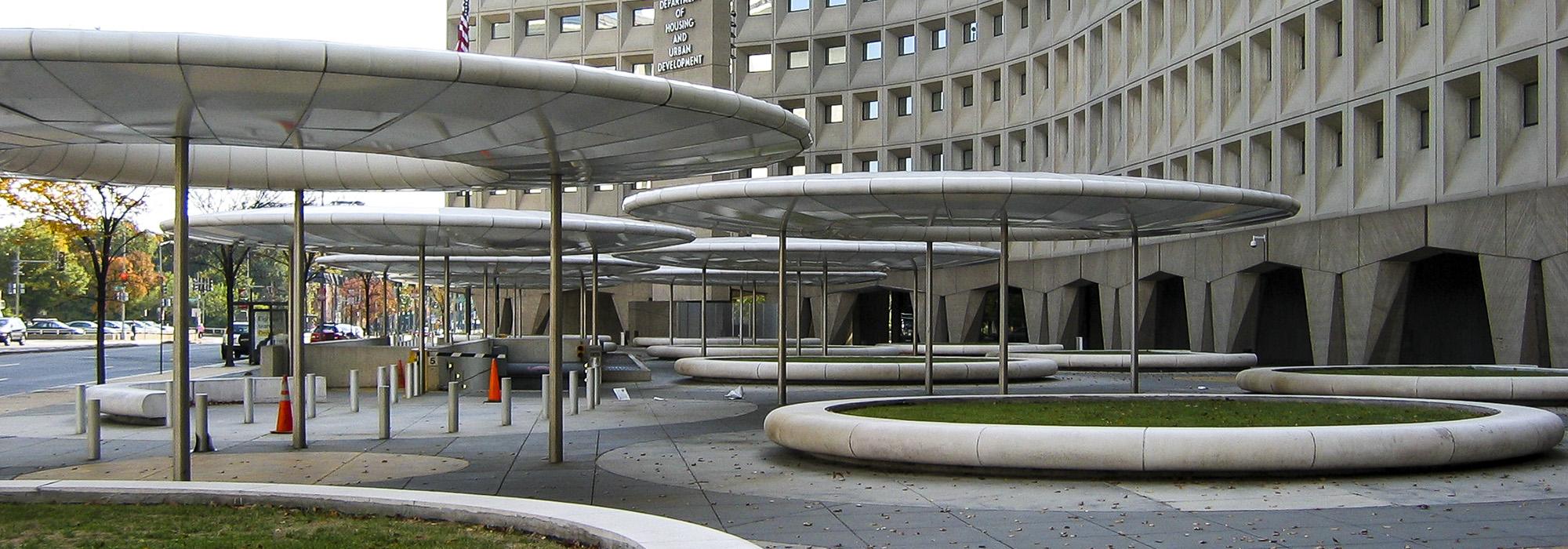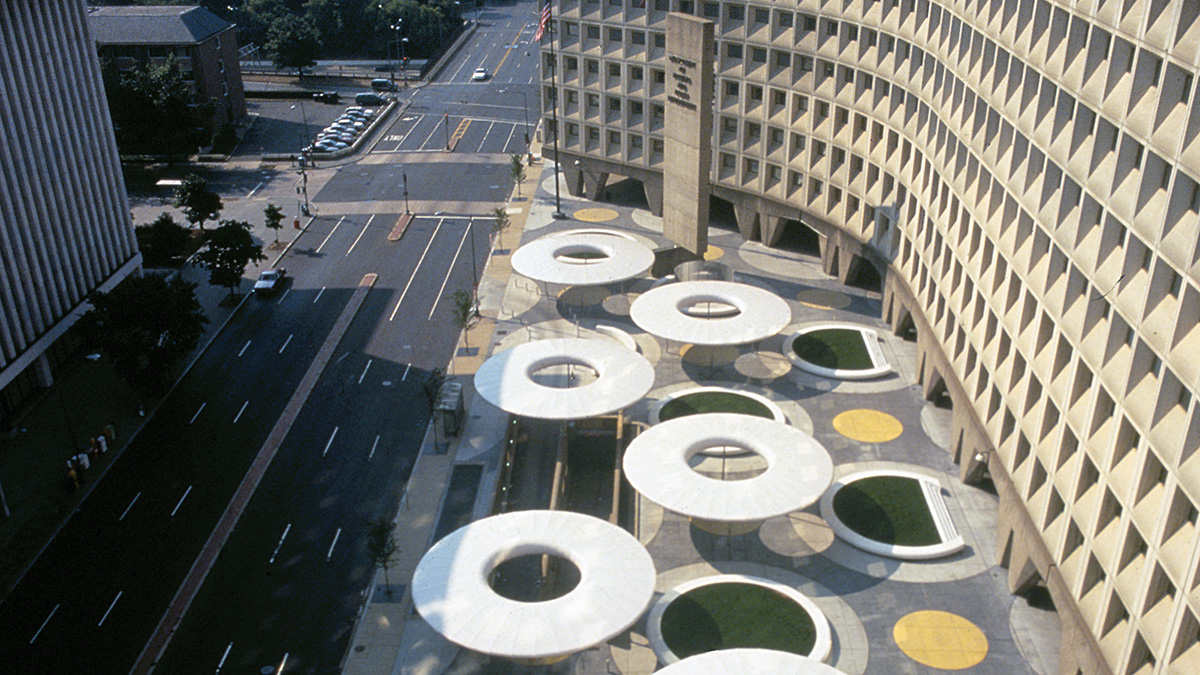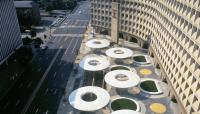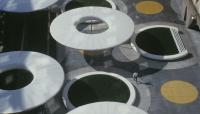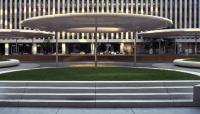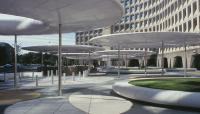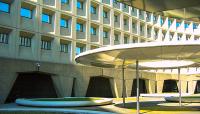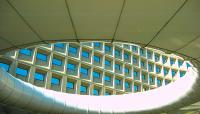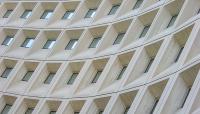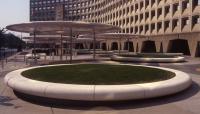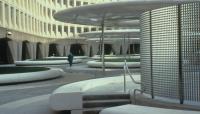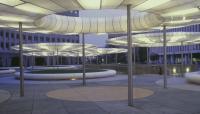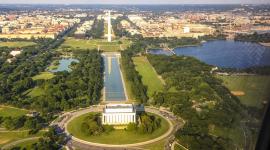Landscape Information
The Robert C. Weaver Federal Building (1968), on Seventh Street, SW, Washington, D.C., is considered a premiere example of public modernist architecture. The 1.3 million-square foot, ten-story office building was designed by the world-renowned modernist architect, Marcel Breuer.
Breuer, his associate Herbert Beckhard, and the firm Nolen-Swinburne designed the building for the Federal Department of Housing and Urban Development (HUD). The iconic building was the first to be completed under the U.S. General Services Administration’s Guiding Principles for Federal Architecture and exemplifies the primary tenets of the "Guiding Principles for Federal Architecture” set forth by President John F. Kennedy's administration in 1962, which encouraged modern design that would "reflect the dignity, enterprise, vigor and stability of the American National Government," and "embody the finest contemporary American architectural thought." The building is also the first federal building in the country to utilize precast concrete as the primary structural and exterior finish material and the first modular design for a federal office building.
Breuer’s design used sculptural forms to define the building's Expressionist architectural style, characterized by curving rooflines and walls, convex or concave surfaces, and arched or vaulted spaces. While the building’s design was declared remarkable, the empty, crescent-shaped six-acre plaza along its Seventh Street frontage atop underground parking was derided for its lack of human scale and was virtually unusable.
In 1990 landscape architect Martha Schwartz was commissioned to redesign the plaza. Schwartz's concept enlivened the plaza with low, rounded, concrete planters that provided seating and greenery. As the plaza could not support the weight of soils to sustain healthy tree growth, whimsical circular canopies of vinyl-covered plastic, reminiscent of Life Savers, appear to float atop 14-foot steel poles providing shade and interest. Night-time lighting is an homage to these hallmark candies while also recalling lanterns that illuminate paths in Japanese gardens.



